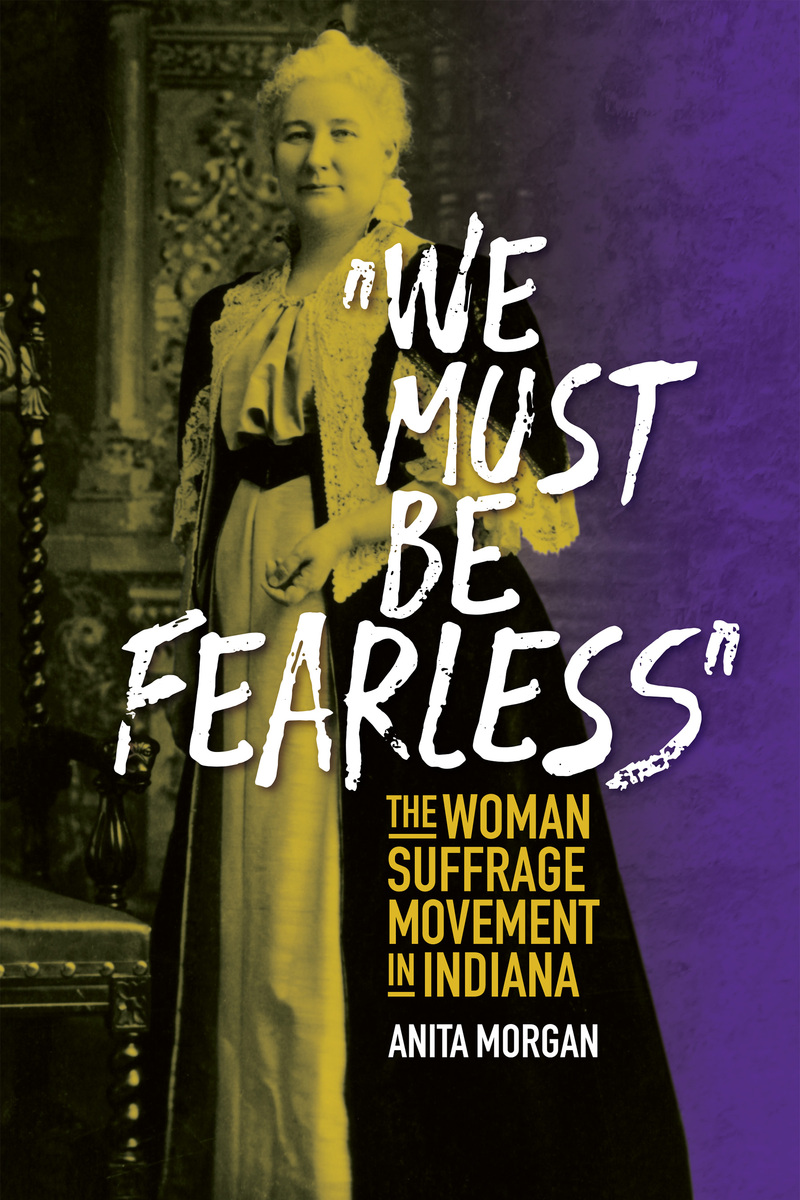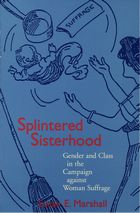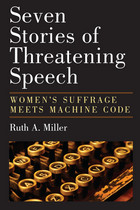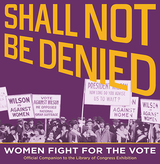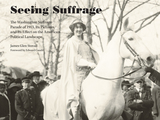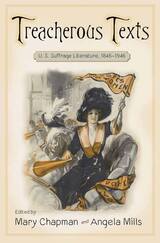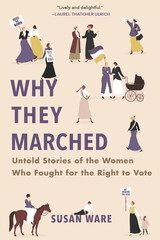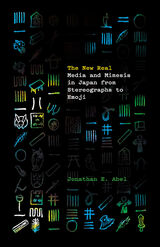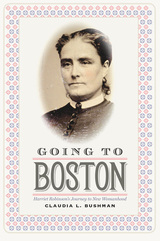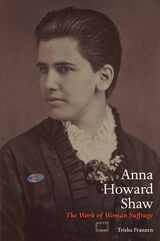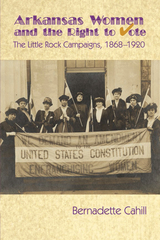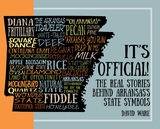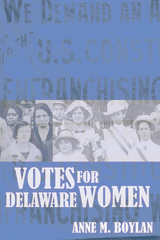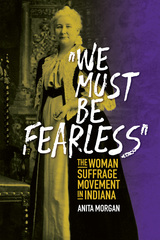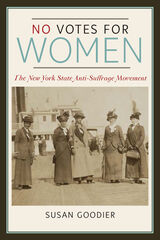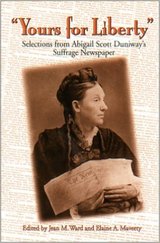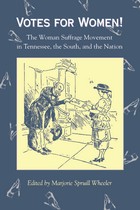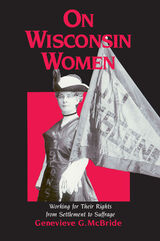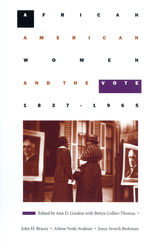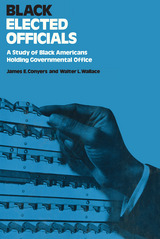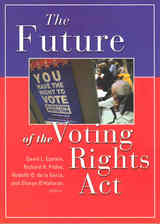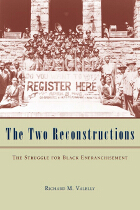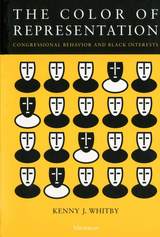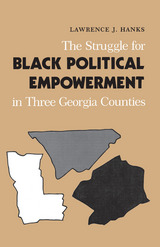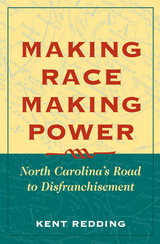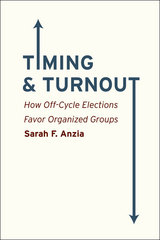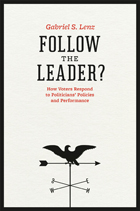"We Must Be Fearless": The Woman Suffrage Movement in Indiana
Indiana Historical Society Press, 2020
Cloth: 978-0-87195-438-1 | eISBN: 978-0-87195-439-8
Library of Congress Classification JK1911.I5M67 2020
Dewey Decimal Classification 324.6209772
Cloth: 978-0-87195-438-1 | eISBN: 978-0-87195-439-8
Library of Congress Classification JK1911.I5M67 2020
Dewey Decimal Classification 324.6209772
ABOUT THIS BOOK | TOC
ABOUT THIS BOOK
Commemorating the centennial of women receiving the right to vote in the United States in 1920, "We Must Be Fearless": The Woman Suffrage Movement in Indiana by historian Anita Morgan examines the struggles and triumphs of a myriad of Hoosier women-black and white, rich and poor, urban and rural-who banded together to seek equal rights with men at the ballot box. The story of the Indiana women's suffrage movement can be divided into three stages. The first began with the first woman's rights association meeting in 1851 and ended in 1869. Hoosier women held yearly meetings and agreed upon basic goals that included not only suffrage, but also equal pay for equal work, changes to married women's property laws, and greater employment opportunities and access to the professions. Most members of this early group put their efforts aside during the Civil War to devote their time to nursing and other war work. The exception to this was Lizzie Bunnell, who published The Mayflower from her home in Peru, Indiana. Bunnell's bi-monthly newspaper supported both the Union and woman's rights and is believed to be the only woman's rights newspaper published during the war. Following the Civil War, the fight for woman's rights resumed, but with a new, almost singular focus on suffrage. This second phase of woman's suffrage work in Indiana began in 1869 when the Indiana Woman's Rights Association reformed with a new name-the Indiana Woman's Suffrage Association. The association aligned itself with Lucy Stone's American Woman Suffrage Association, a national group that focused more on gaining the vote and less on social issues than the National Woman Suffrage Association led by Elizabeth Cady Stanton and Susan B. Anthony. The Indianapolis-based Equal Suffrage Society joined the fight in 1878. The combined power of these groups pushed the Indiana General Assembly to the brink of woman suffrage in 1881-83, but in the end the fear that women would vote as one in favor of temperance legislation got in the way of the passage of the state woman's suffrage amendment. The final phase of the suffrage movement in Indiana started with the 1890s as many Hoosier women worked with national women's groups or worked on local and state progressive reforms aside from or in addition to their work on suffrage. After sporadic failed attempts to push through suffrage in this era, the joint efforts of the Woman's Franchise League and the nonpartisan Legislative Council of Indiana Women, combined with a strong and growing acceptance of woman's suffrage at the national level (in part as a result of women's work during World War I), once again pushed Indiana to the brink of woman's suffrage. The Indiana legislature passed the Woman's Suffrage Act of 1917, which gave women partial suffrage in the November elections that year and passed the first reading of the Beardsley Full Suffrage Amendment. This meant that Indiana women would achieve full suffrage in 1919 if the amendment also passed that legislative session. As women across the state registered to vote, William Knight filed suit against women voting and he won. Hoosier women did not get to vote in the elections that November and had to wait for passage of the Nineteenth Amendment to gain full voting rights.
See other books on: Indiana | Midwest (IA, IL, IN, KS, MI, MN, MO, ND, NE, OH, SD, WI) | Suffrage | Suffragists | Woman Suffrage Movement
See other titles from Indiana Historical Society Press
